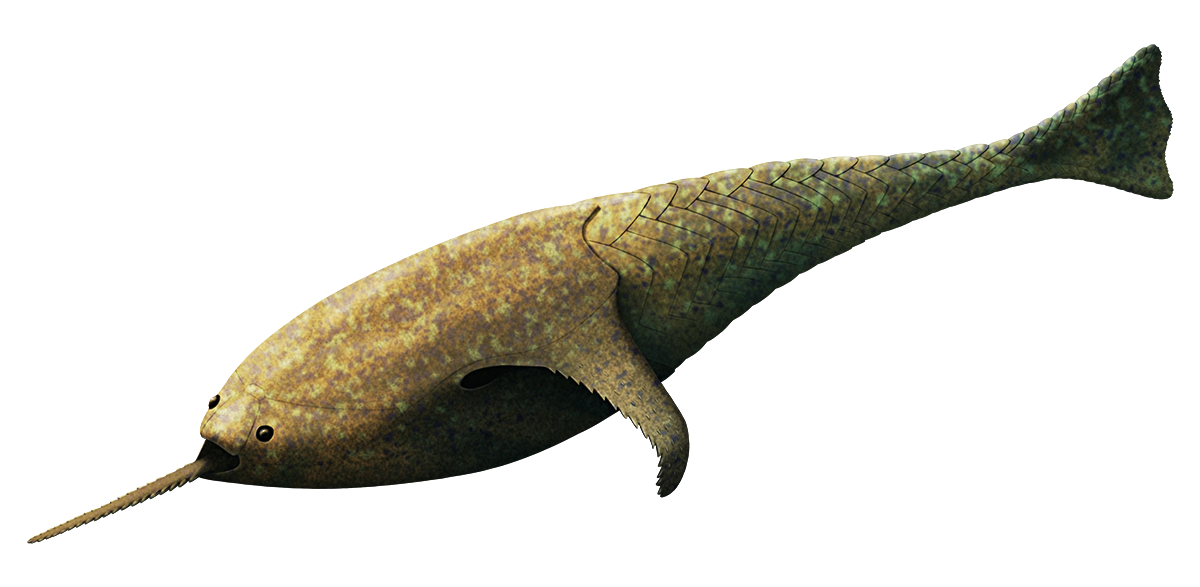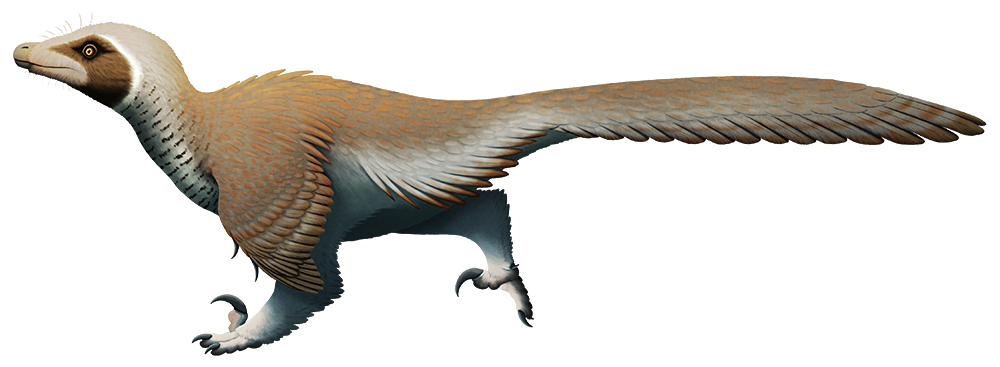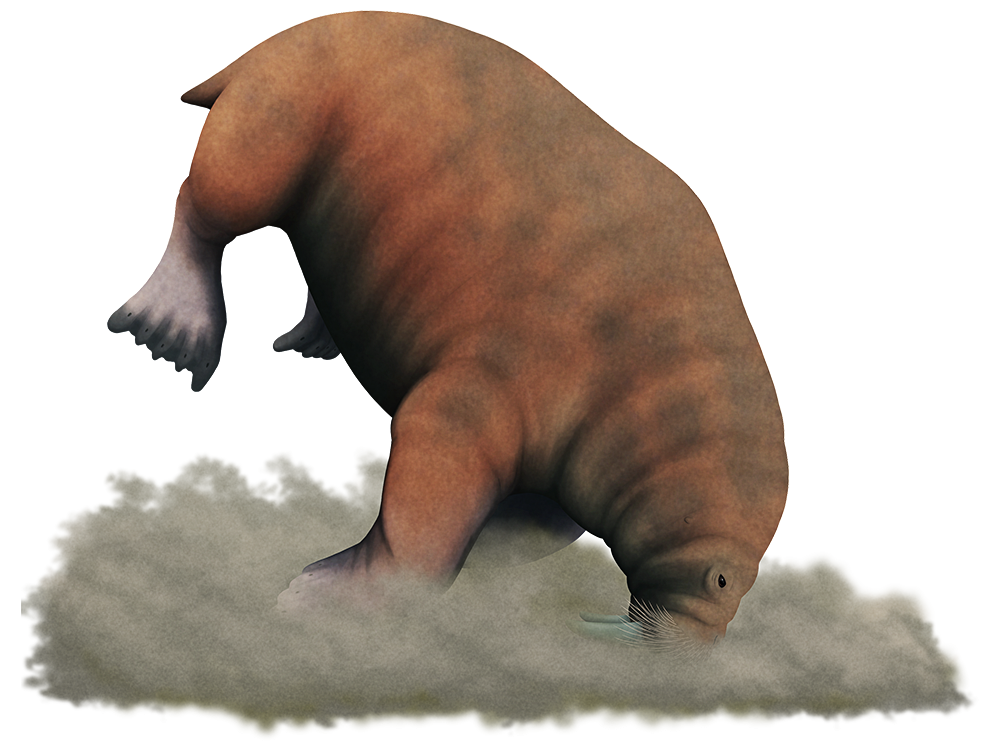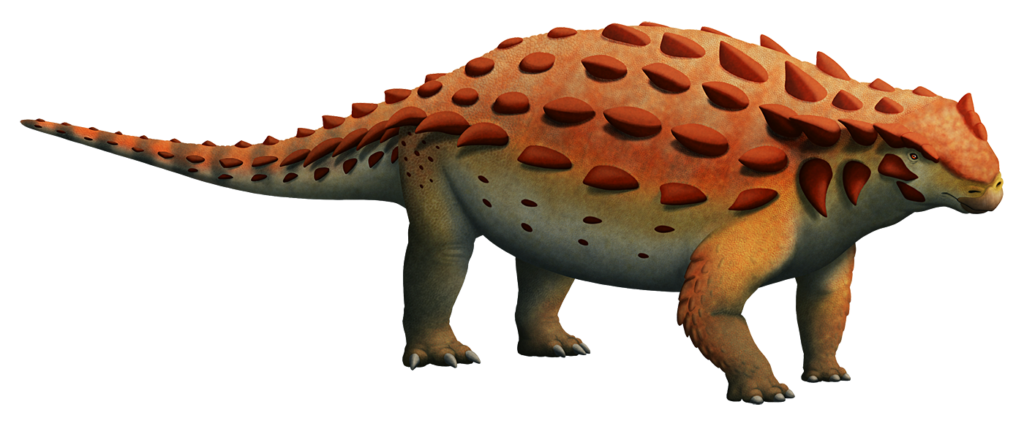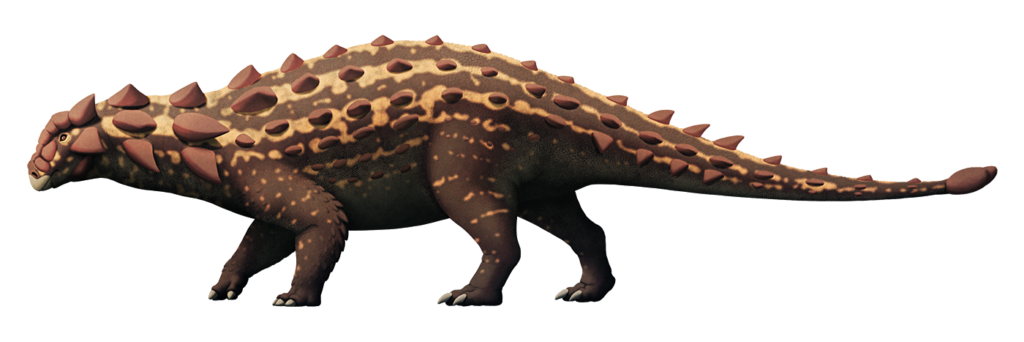While Doryaspis nathorsti here looked a bit like a weird prehistoric sawfish, it was actually an ancient jawless fish more closely related to modern lampreys and hagfish.
Measuring just 15cm long (6″), this odd little fish lived in the shallow seas of what is now the Arctic Svalbard archipelago, around 407 million years ago during the early Devonian period when the region was located in much more tropical latitudes.
It was part of a group called the heterostracans, a lineage of jawless fish with heavy armor covering the fronts of their bodies. They had no paired fins and relied solely on their powerful tails for propulsion, and some like Doryaspis also developed large stiff wing-like projections from the sides of their armor that acted like hydrofoils to provide extra lift while swimming.
But the strangest feature of Doryaspis is that pointy serrated saw-like “snout” – which wasn’t actually a snout at all, but instead formed from a part of its jawless mouth roughly equivalent to the lower lip and chin.
It’s unclear what the purpose of this appendage was, but it might have been used for prey detection, probing around the muddy seafloor in a similar manner to sawfish or the big-chinned porpoise Semirostrum.

